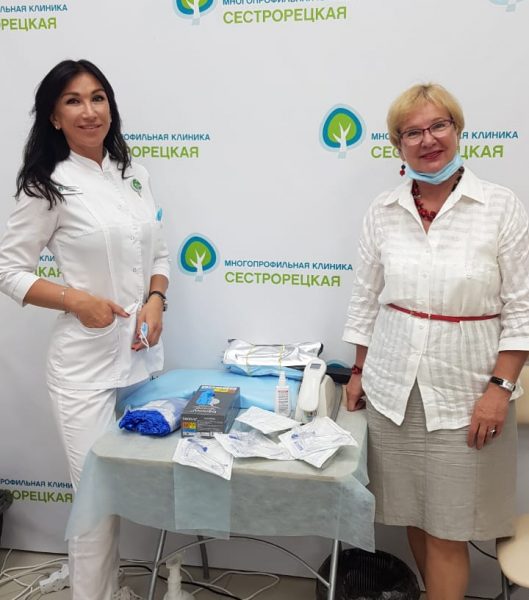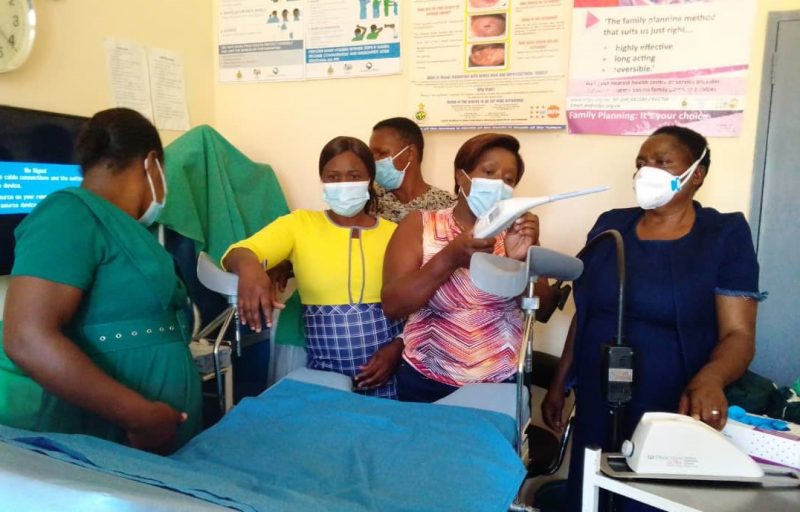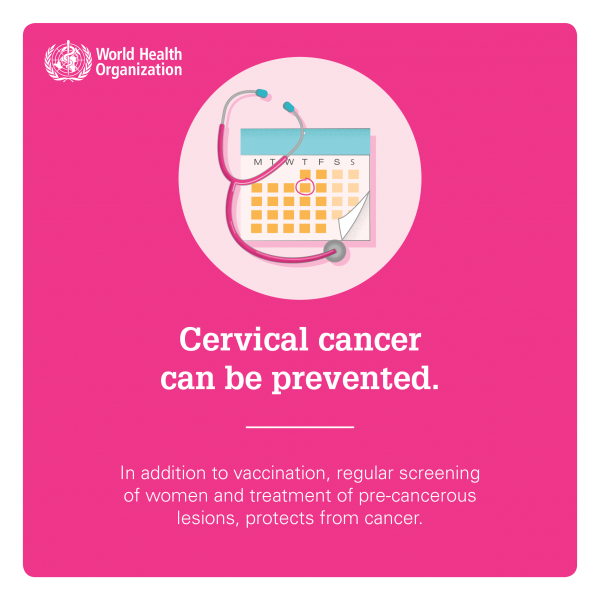TruScreen August ’21 Newsletter

Highlights
- Sales YTD show +36% growth (April-Aug’21 to April-Aug’20, unaudited)
- Completion of COGA evaluation
- First sale to new Central European market
- Establishment of International Experts Group (IEG)
- Rollout for NAC Pilot Project in Zimbabwe
- New WHO Cervical Cancer Screening Guideline
China market update
The first quarter (Q1) of FY2022 saw a continued uptake of Single Use Sensor consumption in our key market, China. In April – July 51,000 SUS were consumed, +8% on the same period last year[1]. This growth reflects the increased commercial user base and a rise in the number of TruScreen screenings performed in the period.
TruScreen’s large-scale Chinese Obstetricians & Gynaecologists Association (COGA) evaluation concluded in July. A total of 15,500+ women, from 9 provinces, will be included in the final results. The COGA panel are expected to meet before the end of 2021 to review the results and provide their recommendation on TruScreen as a primary screening tool.
TruScreen has been working towards becoming a domestic device in China. The transition from international to domestic product registration will open new sales channels and widen TruScreen distribution throughout the country. In May 2021 we completed the initial phase of assembly transfer to the new facility in Shenzhen. To date 5 of the planned 20 pilot devices have been completed. These devices will undergo quality assurance testing before being rolled out.
Eastern European market update
Our new Eastern Europe markets are priorities for the company. Product registration has been secured in four new countries, with an initial sale to Serbia completed in August[2]. While still feeling the impacts of COVID-19, much of Europe is opening back up and finding their new normal.
In Poland, we are in the early planning phases for a validation project in the private sector. Partnering with a highly regarded Key Opinion Leader, the project aims to provide firm support for the adoption of TruScreen as a primary screening tool within the sector.
Dr. Ivan Imre, TruScreen’s Commercial Lead for the region, is focussed on extending our distribution network. We are currently in contract negotiations with a strong distribution partner in Romania and hope be able to share more soon.
Free screening event in Russia


In July, TruScreen’s Russian distributor, IntelMed Systems (IMS), partnered with a local private clinic to offer women in Saint-Petersburg free TruScreen Screenings.
The initiative was part of a “Week of Women’s Health” organized by the local Health Ministry. In total, 242 women were screened using TruScreen, with approximately 20% recording an “abnormal” result. These women received free follow up consultations with gynaecologists.
IMS is working closely with both the private and public sectors in preparation for a ramping up of commercial activities as the COVID-19 situation improves.
IMS is working closely with both the private and public sectors in preparation for a ramping up of commercial activities as the COVID-19 situation improves.
Establishment of International Experts Group
TruScreen’s International Experts Group (IEG) was formed in Q1 of FY2022 and held their first meeting in May. The IEG is an independent committee that will advise TruScreen on a wide range of topics relevant to cervical cancer screening and global practices. The first meeting was centered around steering the global scientific data generation efforts for TruScreen.
The IEG met again in August to review current clinical trial proposals and consider the future of the TruScreen technology in the fast-evolving innovation of healthcare.
We will continue to work closely with the IEG and our other advisory bodies to facilitate accelerated market access and innovations in technology for the company.
Zimbabwe NAC project underway

Zimbabwe’s National Aids Council’s (NAC) TruScreen Pilot Project is underway[3].
This project was initially set to commence in late 2018 but faced significant delays following the economic crisis in 2019 and the COVID-19 pandemic.
In partnership with our distributor, Southern Skies Medical, NAC restructured the project plan in July 2021 to enable the launch to commence. The changes include moving the pilot phase from COVID-impacted Harare to nearby regional towns.
TruScreen facilitated a virtual TruScreen trainer training program in mid-August. 20 new TruScreen operators have now been trained for the pilot and 8 devices have been rolled out in the region. The initial phase is to screen 500 women by October.
Cervical cancer is the most prevalent and deadly cancer for women in Zimbabwe[4]. Women living with HIV have a six-fold increased risk of cervical cancer compared to women without HIV[5]. We hope to see continued momentum and look forward to seeing the outcome of this ground-breaking pilot programme.
WHO Screening Guidelines - 2nd Edition


The World Health Organisation (WHO) has released its new cervical cancer screening and treatment guideline[6]. The guideline have been updated in the context of WHO’s Global Strategy to accelerate the elimination of cervical cancer, calling on member countries to invest in better technologies, and adhere to strong implementation processed for cervical screening.
Importantly for TruScreen, the new guideline acknowledge that “the traditional method to screen women for cervical cancer has been cytology…this screening approach has not been successful in low-and middle-income countries (LMICs)”.
WHO’s recommended cervical screening approaches has shifted in the new guideline, with HPV DNA now the preferred method. Unlike HPV DNA testing and traditional cytology, TruScreen has minimal impact on healthcare infrastructure, and the patient’s result is available immediately at the point of screening. The process for obtaining and analysing samples is similar with cytology and HPV DNA testing. Both methods rely on qualified specialists and high quality laboratory infrastructure, two things that many women in LMICs and rural areas do not have access to.
WHO also provided new estimated figures for cervical cancer, showing that global annual incidence and mortality rates continue to rise.
600,000+ new cases in 2020
340,000+ deaths in 2020
The new guideline calls for member countries to invest in better technologies, and adhere to stronger implementation processes, for cervical screening.
Dr Nathalie Broutet, WHO Department of Sexual and Reproductive Health and Research and HRP, said “What matters most is the coherence of every country’s programme in ensuring the continuum of care: that all women have access to screening, health care providers are informed in a timely manner about the results of the screening test and can in turn share this information with their client.”
Our company vision and mission statements are reaffirmed by the new guideline in conjunction with the global strategy. These new guidelines will help guide us and our commercial strategy as we work towards
A World Without Cervical Cancer.
References:
[1] 51,300 units April – July 2021 to 47,520 units April – July 2020, unaudited.
[2] As announced 1 July 2021 – https://truscreen.com/first-sales-made-in-eastern-europe/
[3] First announced to market 14 September 2018, https://truscreen.com/truscreen-hiv-african-initiative-update/
[4] Data source: GLOBCAN 2020, International Agency for Research on Cancer 2021
[5] Stelzle D, Tanaka LF, Lee KK, Ibrahim Khalil A, Baussano I, Shah ASV, et al. Estimates of the global burden of cervical cancer associated with HIV. Lancet Glob Health 2020. doi:S2214-109X(20)30459-9.
[6] . WHO guideline for screening and treatment of cervical pre-cancer lesions for cervical cancer prevention, second edition. Geneva: World Health Organization; 2021. Licence: CC BY-NC-SA 3.0 IGO. https://www.who.int/publications/i/item/9789240030824